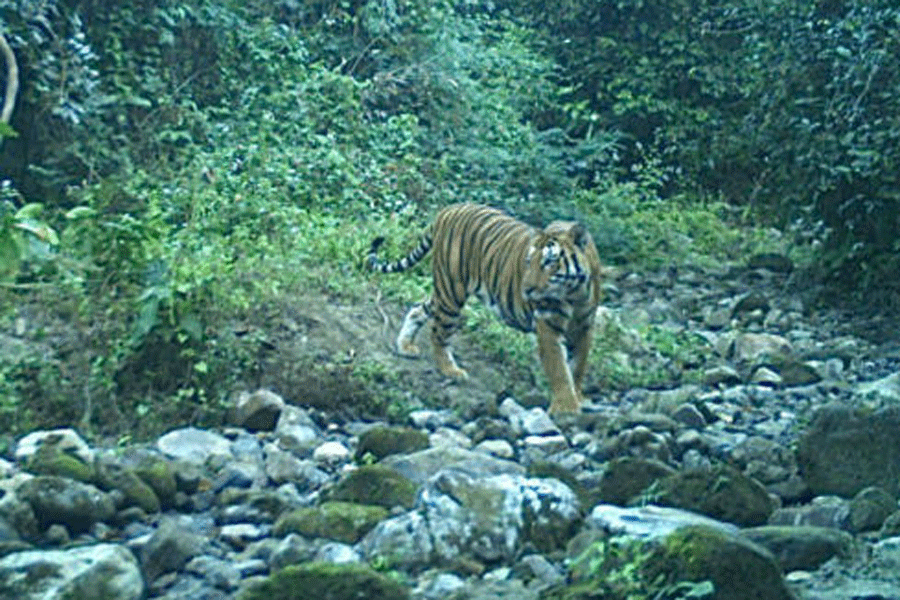The Supreme Court on Wednesday issued a slew of directions to the Centre to protect tiger reserves, expressing dismay at large-scale illegal constructions of tourism resorts and bridges at the Jim Corbett Park, Uttarakhand, under the garb of creating tiger safaris.
A three-judge bench headed by Justice B.R. Gavai asked the CBI to submit a probe report within three months into large-scale illegal constructions and political-bureaucratic nexus at the Jim Corbett Park. In September last year, the high court had directed a CBI probe into the illegalities. But the CBI has now been directed to submit the report to the apex court.
Writing the judgment, Justice Gavai issued the following directions:
• The ministry of environment, forest and climate change shall appoint a committee consisting of the following: (i) a representative of the National Tiger Conservation Authority; (ii) a representative of the Wildlife Institute of India; (iii) a representative of the CEC; and (iv) an officer of the MoEF & CC not below the rank of joint secretary.
• The committee will: (i) recommend measures for restoration of the damage to the local environment to its original state ; (ii) assess the environmental damage caused in the Corbett Tiger Reserve and quantify the costs for restoration; (iii) identify the persons/officials responsible for such damage and recover the costs from the persons and delinquent officers. The cost so recovered shall be exclusively used for restoration of the damage caused to the environment. (iv) specify funds utilisation for active restoration of ecological damage.
• Further, the committee shall consider and recommend: (i) Whether tiger safaris shall be permitted in the buffer area or fringe area; (ii) If such safaris can be permitted, then necessary guidelines for such safaris.
(iii) The committee shall consider the following factors: a) the approach must be of ecocentrism and not of anthropocentrism; b) the precautionary principle must be applied to ensure that the least amount of environmental damage is caused; c) the animals sourced shall not be from outside the tiger reserve. Only injured, conflicted, or orphaned tigers may be exhibited as per the 2016 guidelines. To that extent the contrary provisions in the 2019 guidelines stand quashed; d) such safaris should be proximate to the rescue centres.
(iv) Type of activities to be permitted and prohibited in the buffer zone and fringe areas of the tiger reserve. While doing so, if tourism is to be promoted, it has to be eco-tourism.
(v) Number and types of resorts that should be permitted within close proximity of the protected areas.
(vi) Earmark areas from the boundary of the protected forest to restrict noise level.
(vii) Measures required for effective management and protection of tiger reserves which shall be applicable on a pan-India basis.










